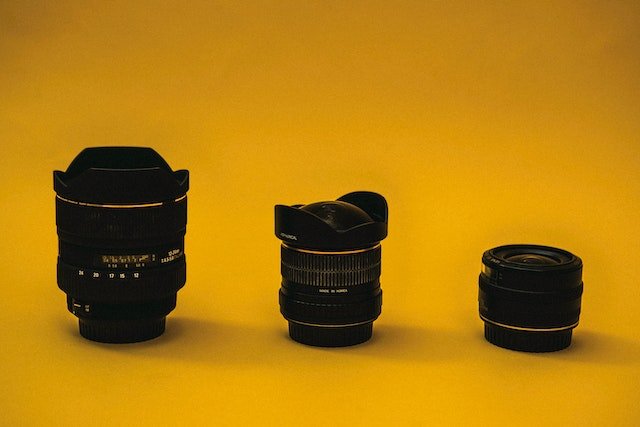Cinematography is an art that involves telling stories through visual language. The lenses used in cinematography are an essential tool for filmmakers to create a specific look and feel for their stories. The selection of lenses can determine the depth of field, focal length, and perspective of the shots, which can significantly affect the emotions and atmosphere conveyed in a scene. In this blog, we will explore how to use different lenses for cinematography according to the story.
- Wide-Angle Lenses
Wide-angle lenses are used to capture a wide view of the scene, which makes them perfect for establishing shots and sweeping landscapes. They also create a sense of space and depth in the image, which can help convey the scope of the story. Wide-angle lenses are best used for outdoor shots, large-scale environments, and scenes where the characters' physical surroundings are essential to the story.
- Normal Lenses
Normal lenses are the most common lenses used in cinematography, with a focal length of around 35mm to 50mm. They provide a natural perspective that closely approximates what the human eye sees, which makes them ideal for dialogue scenes and close-ups. Normal lenses are versatile and can be used in almost any situation, from action sequences to intimate character moments.
- Telephoto Lenses
Telephoto lenses have a longer focal length than normal lenses, typically ranging from 70mm to 300mm. They compress the image, which creates a shallow depth of field and a sense of intimacy, making them perfect for close-up shots. Telephoto lenses are ideal for scenes that require a strong emotional connection between the characters or when the filmmaker wants to isolate a particular subject from its surroundings.
- Fisheye Lenses
Fisheye lenses have a unique, curved perspective that creates a distorted view of the scene. They are best used to convey a surreal or otherworldly atmosphere, making them ideal for experimental films or scenes that require a trippy or dream-like feel. Fisheye lenses are not commonly used in traditional storytelling, but they can be a powerful tool for filmmakers who want to push boundaries and explore unconventional approaches to cinematography.
- Anamorphic Lenses
Anamorphic lenses are used to create a widescreen aspect ratio, which can help convey a cinematic and epic feel. They compress the image horizontally, creating a distinct oval-shaped bokeh in the background. Anamorphic lenses are best used for action scenes, establishing shots, and scenes that require a grand, sweeping feel.
In conclusion, the selection of lenses in cinematography is an essential creative decision that can make or break a film's visual style and impact. By choosing the right lens for each scene, filmmakers can control the depth of field, focal length, and perspective of the shots, which can significantly affect the audience's emotional engagement with the story. Whether you are a novice or an experienced filmmaker, understanding the different types of lenses and their uses can help you elevate your storytelling to new heights.

